Why adaptability is key for armoured vehicle design

Why modularity is key for armoured vehicle design
Adaptability is a vehicle’s ability to respond to different combat
scenarios. The ability for a single vehicle to perform a variety of missions,
ranging from low to high intensity, is key in today's environment, and
modularity is one of the core way of achieving this.
Modularity is fast becoming one the most valuable armoured vehicle design traits
in today's environment, as it not only improves adaptability on the
battlefield, but it can also promote cost savings by substantially reducing
the logistical tail and diminishing the need to a field
entirely different systems for new mission
requirements.
Ease of and speed of production is another vital element to consider in the consideration of near-peer conflict where logistics and attrition become increasingly vital. A vehicle comprising a common chassis with several interchangeable common variants will be far easier to produce, repair, and maintain out on the battlefield, compared to an 80 tonne tank. Some modular vehicles, such as the Boxer, can change components under an hour, offering unrivalled flexibility.
International Armoured Vehicles 2020 will showcase key discussions on the latest armoured vehicle design traits
Are we moving away from tanks and heavy armour?
In contrast to the Gulf
where US M1A1 Abrams engaged T-72s and BMPs over an expansive flat terrain,
contemporary conflicts show that heavily armoured vehicles struggle in dense
urban environments. From Turkish Leopard 2A5 losses in Syria, T-80 losses in Grozny
and Iraqi M1A1s against ISIS. Contemporary MBT's, like the Abrams, Leopard and
Challenger, have the same mobility and deployability issue and nations are now
looking for ways to shed weight.
As a result, the
traditional Iron Triangle has evolved to form a different emphasis.
8x8 armoured vehicles provide the advantages of modularity, cross-country
maneuverability for open plains combat, while still being mobile and relatively
quiet for urban combat compared to today’s main battle tanks. However,
this doesn’t mean there isn’t a place for tanks in future warfare. Wheeled
solutions can only support vehicles up to 40 tonnes as any heavier, armoured
vehicles will need.
Ted Maciuba, Robotic Requirements at US Army Maneuver Center of Excellence
says,“The biggest challenge for armoured vehicles is having more lethal,
protected and situationally aware systems that remain mobile. There is
technology that allows active blast protection - we need to incorporate these
solutions into systems so we can have a 30-tonne vehicle that is protected from
underbelly blasts in the same way that an 80-tonne vehicle is. There will be a
formation restructure. We may be at the point where armoured vehicles are the
dreadnoughts of the 21st century – we may have reached the limits of size and
weight - and the direction we will head down demands smaller and lighter
vehicles while still being significantly more effective.”
Our editors have compiled a host of
thought – provoking content, see the links below
Global Armoured Vehicles 2020 market report
Importance of a land power narrative in an ever-evolving battlefield
Un-maned Ground Vehicles 2020 report
Is modularity the way towards effective
formation restructure?
NATO has placed an
emphasis on heavy armour despite the Cold War ending in the 1990s. The UK, for
example, placed an emphasis on Chobham armour which was developed in the 1960s,
even though it made vehicles exceptionally heavy and slow.
On the other end of the spectrum, many types of vehicle used in Iraq and
Afghanistan are not suited for high-intensity, ground man-oeuvre capability. MRAP's perform well on the road, but they have limited cross-country mobility,
they aren't particularly spacious and they’re armed with a protected weapons
station or a remote station with a 50mm calibre machine gun.
They lack mobility and
firepower but they have a high level of protection against mines and RPGs but
not other battlefield weapons that will be commonplace in near-peer conflict.
MRAP's provide a good case study for the promotion of increased modularity, as
they're one dimensional mission design means that they have a limited use
outside of insurgency environments such as Iraq and Afghanistan and reduced
cost effectiveness.
A chassis which can be easily modified not only enables vehicles to perform in high and low-intensity combat, but they will also have growth potential which will prolong the lifespan of a vehicle
To find out more about International Armoured Vehicles 2020 click the image below




